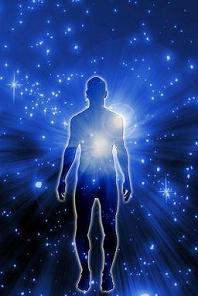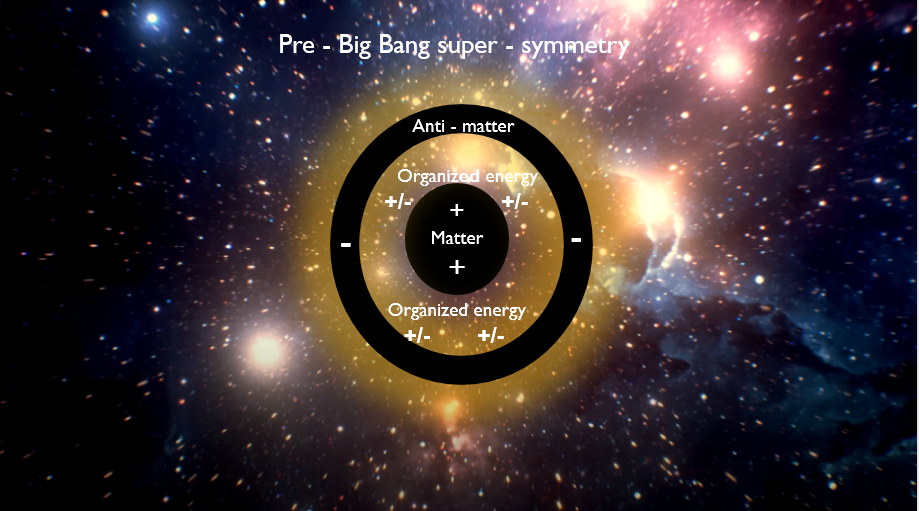7. The organised energy field and the Cognitive Process

The phenomenon of memory, as it is known to mankind and which makes life valuable, cannot be dissected reductionistically into its composing elements. The human memory is timeless and dimensionless too. It is too limited to try and unravel the human memory in purely biochemical or technical terms. The only right way to gain insight in this unique phenomenon is the scientific way.
The brain has been charted quite well, as to its functionality. The way in which different parts of the brain cooperate has also been mapped out by tracing impulses. How parts of the brains are coordinated, resulting in the complex behaviour of human beings, can still be fathomed only to a small extent.
Impulses are transferred by means of synapses and neurotransmitters, carrying the electric pulses of the nerves, transporting them slower or quicker to other parts of the brain so proper action can be taken.
The senses are responsible for contacts to the outside world. Signals acquired through touch, light, sound and smell find their way to the brain where they can be processed for response. This all happens quickly and adequately where reflex responses are concerned.
Apart from instigating a response, a signal can also cause a lasting effect in the memory. This process is difficult to trace in the brain. For, what actually is a memory? It is an impression of reality in sound, light, smell, emotion and touch.
An observation usually is composed of a mix of sensory signals. Matters that are insignificant will be remembered for some days at the most and then disappear, apparently. But who judges what is significant and what is not? What is worth being retained? How is it stored and how can a memory be retrieved?
Every observation of reality around us represents a reflection of the spiritual cocoon that enwraps all matter. This cocoon is a number sequence, which reflects relations within matter. This sequence of imaginary numbers is continuously entered and stored in the brain through the senses.
Whenever an event occurs that has bearings on or references to information that was stored in the past, it is recognized by a common number sequence, which functions as a key to offer access to previously stored information. See evidence part 1 and 2 in my book.

The memory is retrieved and recognised. The extent of concentration and emotion attached to the event determines the vividness of the memory. The objective translation of reality in a number sequence is subjectively picked up and labelled through personal awareness.
This entity can lend a personal touch to the objective reality. The human personality and self-awareness has been sitting in the brain from birth as a remainder of previous lives. It influences the personal choices and behaviour of human beings.
It determines whether someone is open to different forms of reality. The objective reality is made personal through self-awareness. Negative observations are avoided and stored in the subconscious.
The number sequences is damaged to make retrieval harder. Positive observations are labelled so they can be easily retrieved. Processing large waves of number sequences is a continuing process. When awake, the brain stores number sequences continually. When asleep, stored number sequences are judged by their importance in the long term and the short term.
The values are screened as to their usability through dreams. Useful observations are stored in that part of the brain that is easily applied to interaction. Less useful observations will be stored deeper in the file. Useless observations end up in the subconscious. A human being is put on earth as a helpless organism.
Nurture and education teaches it how to observe, as a tool to understand reality and act accordingly. These processes of learning, combined with the original self-awareness and personality make up its subjective observation of reality.
This skill is not yet developed in early childhood. The number sequences of reality cannot yet be labelled and so end up in the subconscious. That is why young children hardly remember anything.
The ability to remember is further developed by living, education and contacts with the environment and it is made personal by self-awareness. Language also plays an important part. It is not developed sufficiently at a young age to attribute names to events.
Data permanently flow to the brain in highs and lows by means of sensory observation. A lot of information stems from daily routines and fixed activity schedules. Memory of routine matters is etched into a pattern of behaviour like an automatic pilot. The information sequences of familiar situations are impressed upon the memory, but they do not add to the existing memory file.
Only when a fellow human being, for instance, has been absent for quite some time or has undergone a metamorphosis, new memory information is stored and old data is modified.See evidence part 1 in my book.
Some people have suffered damage to the brain, which impaired their short-term memory or long-term memory, or both even. A stroke seriously damages the short-term memory, often used to act in domestic and other matters. People have to write down what they need to do, while the long-term memory still works.
Living in the present does not contribute anything to the long-term memory, because the brain has been damaged. The brain can no longer process the flow of numbers sustainably. Sensory observations and the observer’s personal touch are stored in the brain. But how? The human body renews itself completely several times during a person’s life. But memory stays the same, although it is affected by self-awareness during observation.
A memory can also be changed later, because of the influence of relevant information from external parties or by oppression from self-awareness itself. Memory is not a static data bank from which data can be retrieved whenever an opportunity occurs. Memory responds to internal (imaginary desire) and external information.
It is hard to imagine a purely biochemical and mechanical view of memory. However, there is interaction with hardware, but it does not happen in a scientifically verifiable way. The spirit is timeless and dimensionless and always present as a cocoon of all matter. But it cannot be localised. See evidence part 1 – 3 in my book.

Nerves send impulses to each other and muscles to encourage adequate thoughts and acts. The spirit hovers in the brain mass and is not divided in parts or cells. The spirit can manipulate brain activity biochemically through interaction. The brain, organic matter, is organised according to the spirit’s imaginary number sequences and it is made to accelerate pulses or slow them down by means of observation and imagination. See evidence part 2 in my book.
An autonomous action is followed by a reaction; such a pattern without spirit is like a system without learning abilities, intelligence and memory. As an intermediary between synapses and axioms, the spirit influences behaviour through imaginary number sequences. This logistic process, hard to imagine, is coordinated by an indivisible and dimensionless spirit, omnipresent in its entirety.
Brain damage can be seen as faulty hardware. The software, i.e. the spirit, cannot intervene in the train of thought because of this fault. Certain nerve connections do not work and cannot process impulses, resulting in loss of function. The human body continually renews its cells, but memory remains and is not lost through cell deterioration. Memory, then, has to be separate from organic matter.
Self-awareness has the capacity to imagine and desire. Art is a striking example: a completely new world is created from nothing. Memory is not required to create art, music or phantasy. Creativity is a unique quality of renewed human behaviour. Self-awareness, or spirit, is not only a mechanism controlling pulses. It can create abstract thought and fantasy as an autonomous process within reality.
This capacity provides the spirit with the active means to reshape the environment, apart from the observation of the objective environment and the action-reaction-stimulus model. This capacity is universally inherited and part of our collective memory through the ages. Considered spiritually, it is a sort of morphogenetic field.See evidence part 1 – 3 in my book.
https://searchingforanswersaboutbigbang.com/einstein-said-gravity-is-not-a-force/
